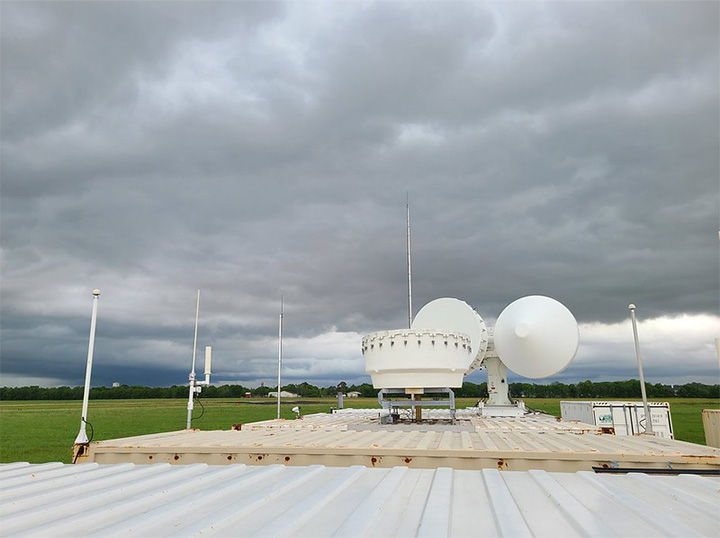
Project Summary
The TRACER (TRacking Aerosol Convection interactions ExpeRiment) field campaign is a year-long study focused on understanding how aerosols—tiny particles such as soot, dust, and smoke—affect the severity of thunderstorms. Conducted in the Houston area, the study aims to improve weather forecasting and provide insights into the role of aerosols in Earth's climate system. Researchers are particularly interested in how aerosols influence cloud formation, particularly deep convective clouds that cause storms, and how weather patterns, in turn, impact local air quality and aerosol characteristics.
The research team, consisting of atmospheric scientists from various institutions including the University of Houston and Brookhaven National Laboratory, is deploying a suite of advanced instruments at four locations in and around Houston. These instruments include radar, lidar, weather balloons, and a mobile ARM facility, which will measure aerosol concentrations, cloud properties, and atmospheric stability. Data will be collected throughout the year, with an intensive study period during the summer months to capture the peak of Houston's storm season.
Goals
Key goals of the study include determining how aerosols influence the lifecycle of thunderstorms, including precipitation patterns, and understanding how urban and industrial emissions contribute to air quality and storm intensity. The research is expected to improve the accuracy of weather predictions and provide valuable data for understanding how aerosols and storm systems interact in coastal urban environments.
The TRACER data will be freely available for further research and analysis, with the potential to enhance weather models and improve forecasting capabilities, particularly for other coastal and urban areas. The findings will also contribute to broader efforts to understand the relationship between weather patterns, aerosols, and climate change.